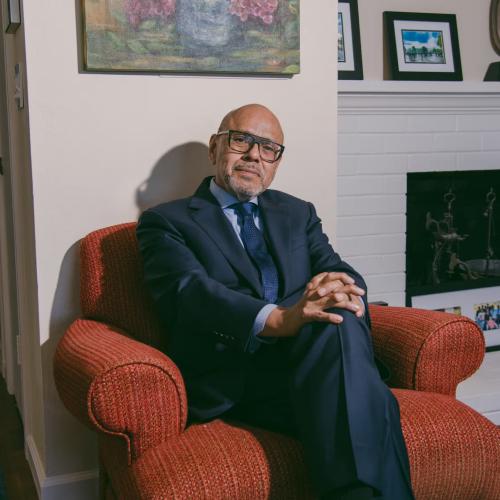Related Stories
Not to See the Fallen Is No Favor
Key Excerpts from Article on Website of New York Times
Posted: June 2nd, 2007
http://www.nytimes.com/2007/05/28/business/media/28carr.html...
While troop numbers are surging, the media that cover them are leaking away, worn out by the danger and expense of covering a war that refuses to end. Many of the journalists who are in Iraq have been backed into fortified corners, rarely venturing out to see what soldiers confront. And the remaining journalists who are embedded with the troops in Iraq the number dropped to 92 in May from 126 in April are risking more and more for less and less. Since last year, the militarys embedding rules require that journalists obtain a signed consent from a wounded soldier before the image can be published. Images that put a face on the dead, that make them identifiable, are simply prohibited. Ashley Gilbertson, a veteran freelance photographer who has been to Iraq seven times ... said the policy, as enforced, is coercive and unworkable. They are not letting us cover the reality of war, he added. I think this has got little to do with the families or the soldiers and everything to do with politics. Until last year, no permission was required to publish photographs of the wounded, but families had to be notified of the soldiers injury first. Now, not only is permission required, but any image of casualties that shows a recognizable name or unit is off-limits. And memorials for the fallen in Iraq can no longer be shown, even when the unit in question invites coverage. James Glanz, a Baghdad correspondent ... for The New York Times ... said that This tiny remaining corps of reporters becomes a greater and greater problem for the military brass because we are the only people preventing them from telling the story the way they want it told.
Related Stories
Latest News
Key News Articles from Years Past











































































